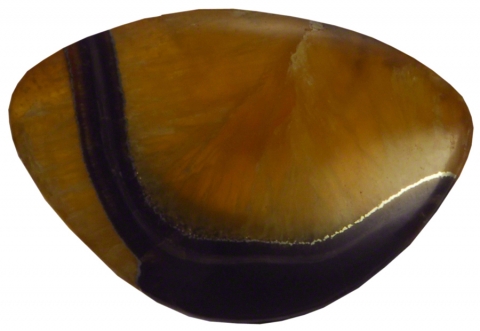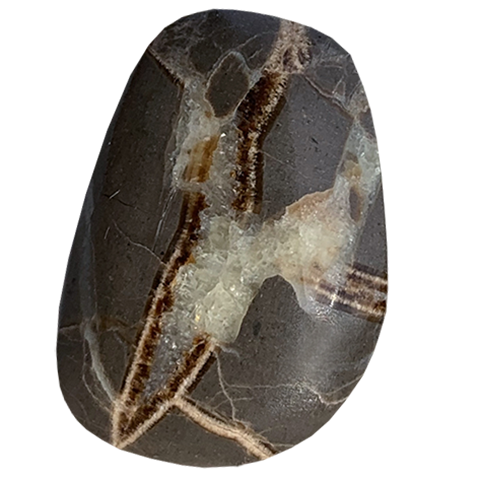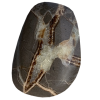Septarian Nodule
Concretions of pyrite nodules are widespread in a broad range of sedimentary rocks and also in pelitic rocks. Some proposed processes include dehydration of clay-rich, gel-rich, or organic-rich cores; shrinkage of the concentration’s center; expansion of gasses produced by the decay of organic matter which caused fracturing by either earthquakes or compaction. Septarian concretions are abundant in many Phanerozoic marine and marginal-marine shales and mudstones. In general, formation by localized calcite or siderite cementation in argillaceous sediments began under less than a few metres of burial. Septarian cracks vary widely in shape and configuration.
Septarian concretions may thus preserve a signature of basin seismicity as it relates to their cementation history. Notwithstanding considerable debate forover a century, the origin of the internal cracks(septaria) has remained a mystery. Current theories entertain several possible mechanisms: chemical dehydration from transformation of organic molecules or clays, generation of gases, or overpressuring during rapid burial. None of these explanations is satisfactory.
Meditating with Septarian can illuminate the underlying causes of dis-ease; focuses the body’s self-healing ability. The process that created Septaria remains a mystery.
A grounding stone to help you speak only in the positive; takes your attention away from negativities.









